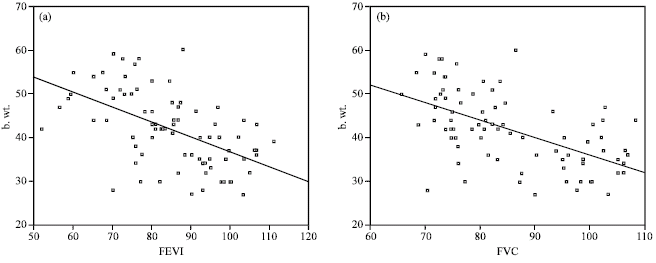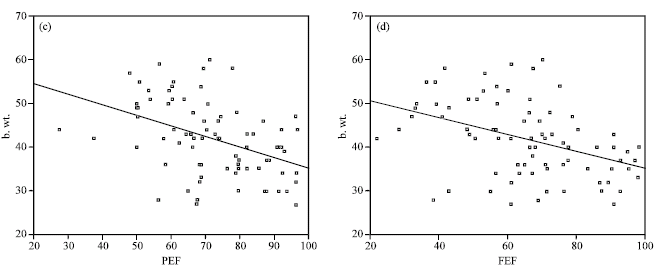Research Article
Childhood Obesity and Asthma Severity: Is There a Link?
Department of Pediatric, Cairo University, Egypt
Y. Kamel
Department of Pediatric, Cairo University, Egypt
E. Abd Elaziz
Department of Pediatric, Cairo University, Egypt
A. Elwan
Department of Pediatric, Cairo University, Egypt
M. Nabih
Department of Pediatric, Cairo University, Egypt














